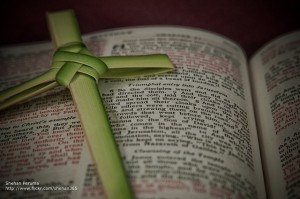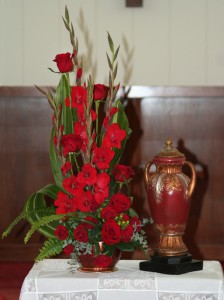Ask The Funeral Expert:
My grandmother was born and raised in fajardo and her parents have been buried together in a plot together I would like to bury her with them. She will be cremated but I don’t know which cemetery and the rules to do her final wishes. Maria
FSN Funeral Expert Reply:
Maria,
The first step would be to find the cemetery. I recommend contacting the mayor’s office in Fajardo. Ask them if they can give you the name and contact information for the cemeteries located in Fajardo.
Here is the contact information for the Fajardo Mayor’s office:
Mayor: Hon. Aníbal Meléndez-Rivera
City Hall, 6 Luis Muñóz Rivera St.,
Corner of Dr. López St.,
Fajardo, Puerto Rico 00738-0865
Phone number: (787) 863-4013
Contact: Mrs. Olga I. Galindo
Once you have located the cemetery, the sexton should be able to tell you if they allow ashes (cremains) to be buried on top of existing graves.
If the cemetery allows for double burial, the funeral home providing the cremation services should be able to help you arrange transportation of the ashes to Puerto Rico. If you are taking the ashes to Puerto Rico yourself, you will need to contact the airlines you will use and find out their requirements. Normally, the airlines will treat the cremains the same way they would a carry-on bag. You will also need to contact the TSA to determine what type of cremation container is acceptable to them. Most funerals homes will be able to guide you through the complete process.










